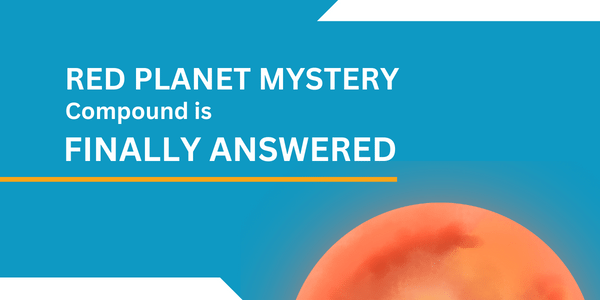Undergraduate Programs:
School of Life Sciences
School of Business
Postgraduate Program:
Professional Program:
Pharmacist Professional (Apoteker)

A 7-year-old mystery of Red Planet’s silver dust is finally solved. Back on July 30, 2015, NASA’s Curiosity rover drilled a silver-colored compound from a rock found in the center of the Gale crater on Mars. This compound was tridymite. Tridymite is usually associated with quartz-forming, explosive, evolved volcanic systems on Earth. The fact that it was found in the putatively water-filled Gale Crater on Mars, which is nowhere near any vulcanic site makes every scientist scratch their head.
A Team of scientists led by Valerie Payré a planetary scientist at the University of Arizona has figured out the mystery: that tridymite could have come from a single, explosive volcanic eruption, around 3.0 to 3.7 billion years ago. This form of quartz only seems to form under high temperatures, such as those you might find in magma. Quoted from LiveScience.com “The researchers suspect that the explosive eruption of an unknown volcano launched tridymite-rich ash into the Martian sky, which then fell into the ancient lake at Gale crater. ” the same exact scenario also occurs on earth precisely at Lake Tecocomulco in Mexico. Where Tridymite is found inside of a rock at the bottom of the lake.
Further research stated that the tridymite found on Mars is slightly different from the tridymite that forms on volcanic mountains on Earth. Valerie Payré said, “This suggests that the Martian version was formed under slightly different conditions.” Mars’s tridymite formation contained less silica than on Earth
Kirsten Siebach a Mars geologist at Rice University said, “This work suggests that Mars may have a more complex and intriguing volcanic history than we would have imagined before Curiosity,” The study will be published in the Sept. 15 issue of the journal Earth and Planetary Science Letters.
i3L School of Life Sciences
Our vision is to be a leading and globally connected interdisciplinary institution that impacts society through science and innovation.
Undergraduate Programs:
School of Life Sciences
School of Business
Postgraduate Program:
Professional Program:
Pharmacist Professional (Apoteker)
Undergraduate Programs:
School of Life Sciences
School of Business
Postgraduate Program:
Professional Program: